Retail
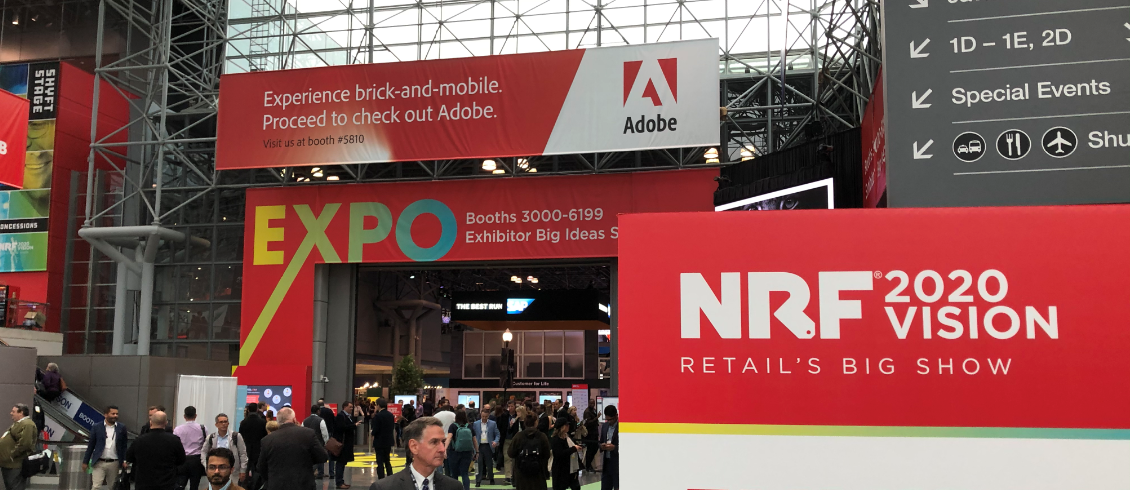
40,000 Attendees / 800 Exhibitors / 99 Countries / 60,000 Personal Walking Steps
This is the first of multiple articles covering the Retail Big Show NRF 2020. As others have summarized the insights of the sessions and speakers, my primary focus in this post will be the futurist innovation trends from the trade show floor. The next article will cover the key takeaways from RetailROI SuperSaturday, the place to be for inspiring and exclusive industry intelligence just prior to the start of NRF.
Thematically, artificial intelligence (AI) was the passport to innovation entry to NRF 2020. Winning demonstrations were focused on identifying and delivering competitive advantages in the deployment of differentiated immersive consumer experiences across channels.
Surprised this year in being able to identify 36 distinctive technology innovation trends on the trade show floor. After a very busy NRF 2020, here my three summarized most impactful perfect vision takeaways of NRF 2020.
Computer Vision Discerns the Center of the Retail Store
- Details

Retail Future Can You Hear Me Now
Welcome to the continued age of digital transformation. The contenders for being the number one innovation disruptor of the last decade includes the explosion of e-commerce, the growth of cloud services, 3.5 billion people using social media, the mobile internet with 61% of the global population connected, over 9 billion Internet-of-Things (IoT) connected devices, ever efficient lithium ion batteries. the expansion of biometrics such as facial recognition, billions of RFID labels in use especially in retail apparel, and voice platforms such as Alexa coming into our homes.
The number one disruptive technology of the last decade was the smartphone. Technically, Apple kicked-off the successful launch of this solution in the prior decade (2007), but few could have foreseen the consequential impact in the 2010s.
Augmenting the recent "Perfect 2020 Mobile Vision Future of Retail" post, this article summarizes the chain-reaction smartphone elements underway in the new retail decade. As a recent 'Retail 2030' report pointed out, in the 2020s we are in unchartered territory.
"As consumers delegate tedious and transactional shopping to bots and virtual assistants, choice will be firmly in the domain of the algorithm, with minimal consumer intervention. When bots do the buying, the connection between retailers and their consumers, and the ability to influence them, will be broken. Appealing to a bot will be unchartered territory involving new skills, techniques and platforms."
Smartphones Already Represent 34% of All USA Ecommerce Sales
- Details
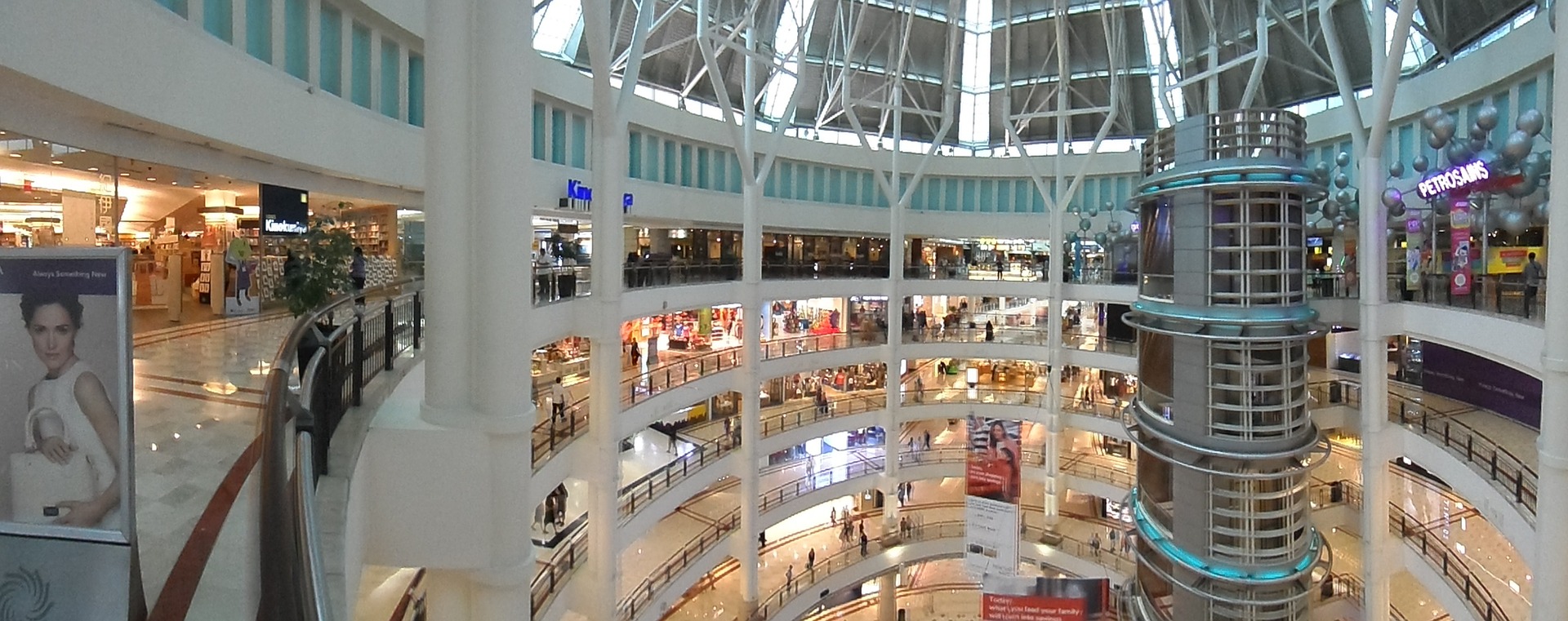
My last article summarized the positive (green shopper) digital consumer transformation trends from the latest edition of the "Disruptive Future of Retail" presentation. As the audience from the recent keynote was primarily from loss prevention, in appreciation of their positive response and engagement, this post expands on the retail shrinkage industry data, including multiple new charts not presented due to time constraints.
The continued renaissance of the global retail industry will require increased innovation to protect employees, customers, and products. Traditional security solutions that typically increase friction to deter theft are counter to the new digitally empowered consumer that progressively wants to just scan and go.
The $51 Billion USA Retail Challenge
The latest NRF national shrink survey, "tells a story of a dramatically changing retail risk landscape, with new threats and challenges being met at each turn with new loss prevention tools. Progress is being made, but LP teams continue to face setbacks and challenges with new and expanding areas of threat."
- Details

 In October I had the opportunity to speak to roughly 150 retail professionals on the "Disruptive Future of Retail". This continuously updated presentation explains the key trends driving the digital transformation of the global retail industry.
In October I had the opportunity to speak to roughly 150 retail professionals on the "Disruptive Future of Retail". This continuously updated presentation explains the key trends driving the digital transformation of the global retail industry.
Very humbled by the positive response to the new edition with the audience stating it that it was "inspiring" and "eye-opening". This article summarizes selected technology trends charts on delivering exceptional differentiated consumer experiences which are the future of retail.
The Digital Wake-Up Call
Contrary to all the retail apocalypse popular media hype, the retail industry is in the middle of a digital renaissance wakeup call. Below data is from one of my favorite annual studies from RIS News / IHL Group on the state of consumer facing technologies. .
- Details
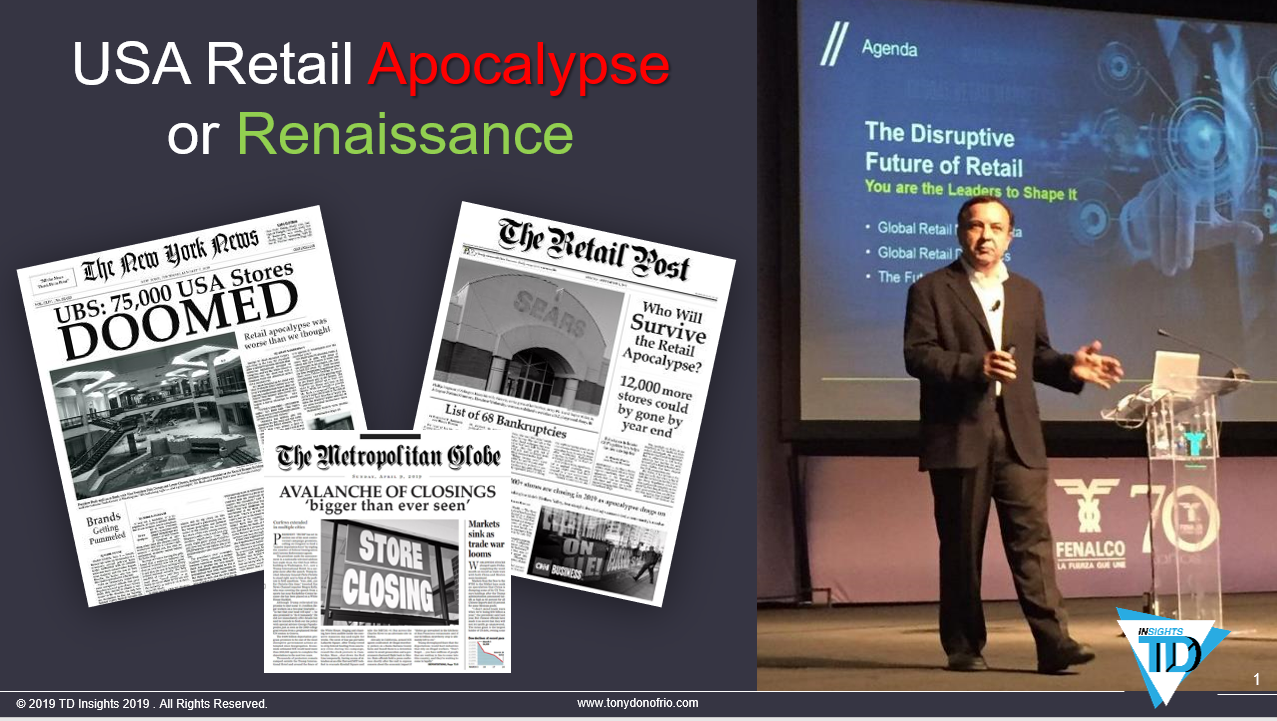
Recently I had the pleasure of speaking at the Loss Prevention Research Council (LPRC) Impact 2019 conference. Over 430 people made their way to the University of Florida’s Gainesville campus for the three-day event. The symposium "focused heavily on learning and collaboration, as well as an overview of the LPRC’s research on evidence-based tactics and strategies to reduce crime and loss in the retail space".
As part of a senior retail executive session, I contributed this excerpt of my continuously updated "Disruptive Future of Retail" presentation. What is the state of the global retail industry? Is USA retail a dying industry? What's in the mind of the new omnichannel shopper and how is it changing? What's the impact on the loss prevention function? What's driving disruption? Why is LPRC positioned to lead at the speed of NEW retail?
The Groovy Retail Industry
- Details

In today's increasingly complex world, branding is critical to lasting success. Every year, I look forward to the latest BrandZ Top 100 Most Valuable Brands study. This article summarizes the nearly 200-page report with a focus on retail, apparel, and luxury.
"In a year marked by rising consumer expectations, the erosion of category boundaries, and geopolitical disruptions, the 2019 BrandZ™ Top 100 Most Valuable Global Brands increased 7% in value. This hard-won gain outperformed the global GDP growth rate and added $328 billion to the BrandZ™ Top 100, bringing its total value to $4.7 trillion."
"Consumers expected superior customer experience, including rapid delivery. More mindful about the health and wellness of themselves and the planet, they also demanded a high level of responsibility and ethical behavior from brands. To meet consumer expectations, brands become more sophisticated about gathering and analyzing data, increasingly applying the insights across multiple businesses and ignoring category borders to create integrated brand ecosystems."
"Data-driven improvements in customer experience and personalization helped drive the value growth of the three fastest rising categories: luxury, up 29%; retail, up 25%, and insurance, up 15%."
The Top 10 Retail Brands - Digitization Transforms Shopping Experience
- Details
The Future of Retail Store Operations and Asset Protection
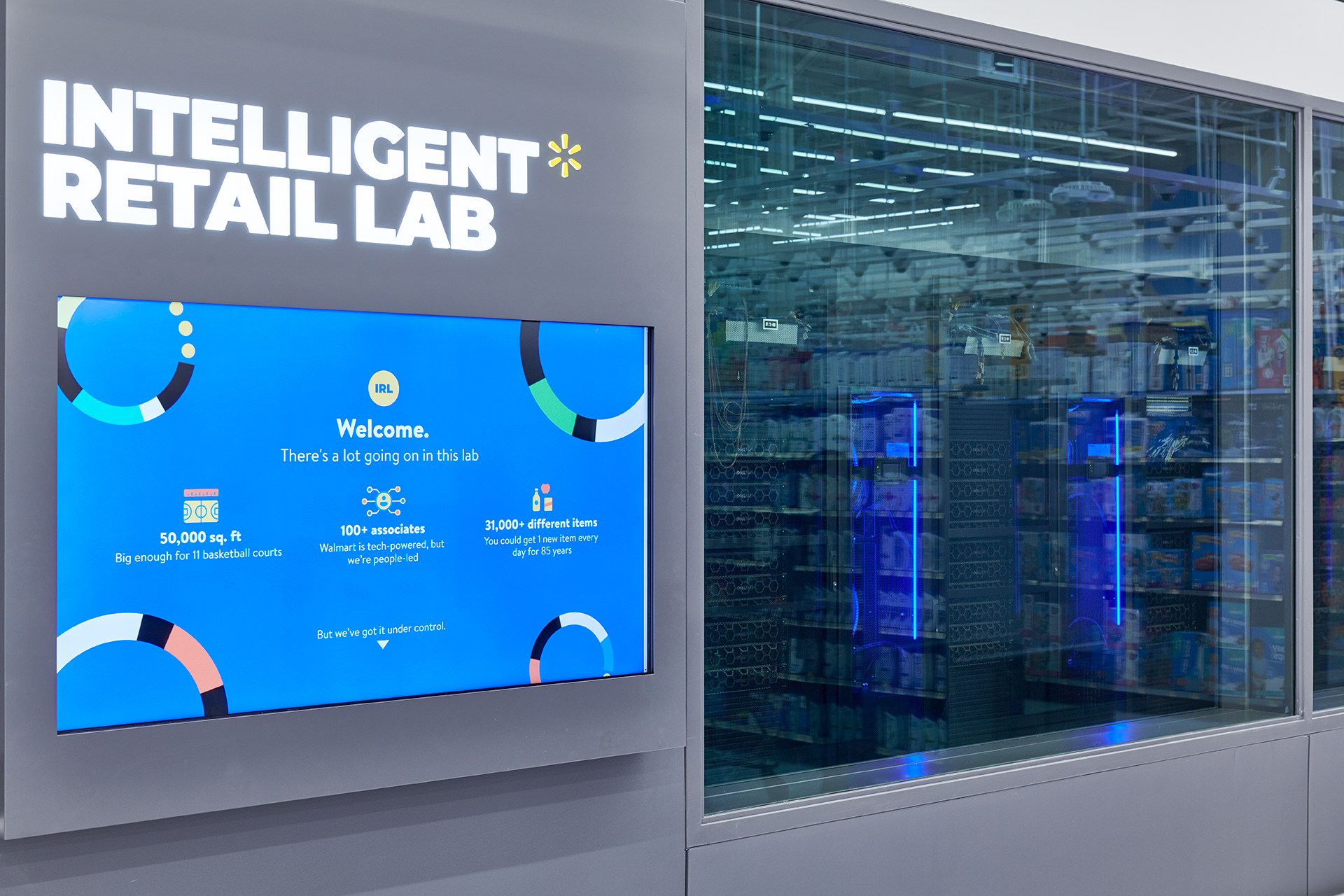
"Information is power, and the gain you get from empowering your associates more than offsets the risk of informing your competitor." - Sam Walton
Most impressive from a recent evening visit to the Walmart Museum in Arkansas were the company’s yearly chronological milestones throughout the exhibit areas. Being a technology geek, my focus quickly transitioned to understanding the historical innovation adoption cycle. Additionally, as a student of leadership, of interest was the culture messaging of founder Sam Walton in growing the company.
The following day, I had the pleasure of spending quality time with the Walmart Asset Protection (AP) team. Part of the trip included touring new technologies deployed at a store in Tulsa, Oklahoma.
The Walmart Museum, the AP conversations, and the store walk were a great reminder of several key success formula ingredients in crafting the world’s largest retailer.
The Three Megatrends Driving the Future of Retail
- Details
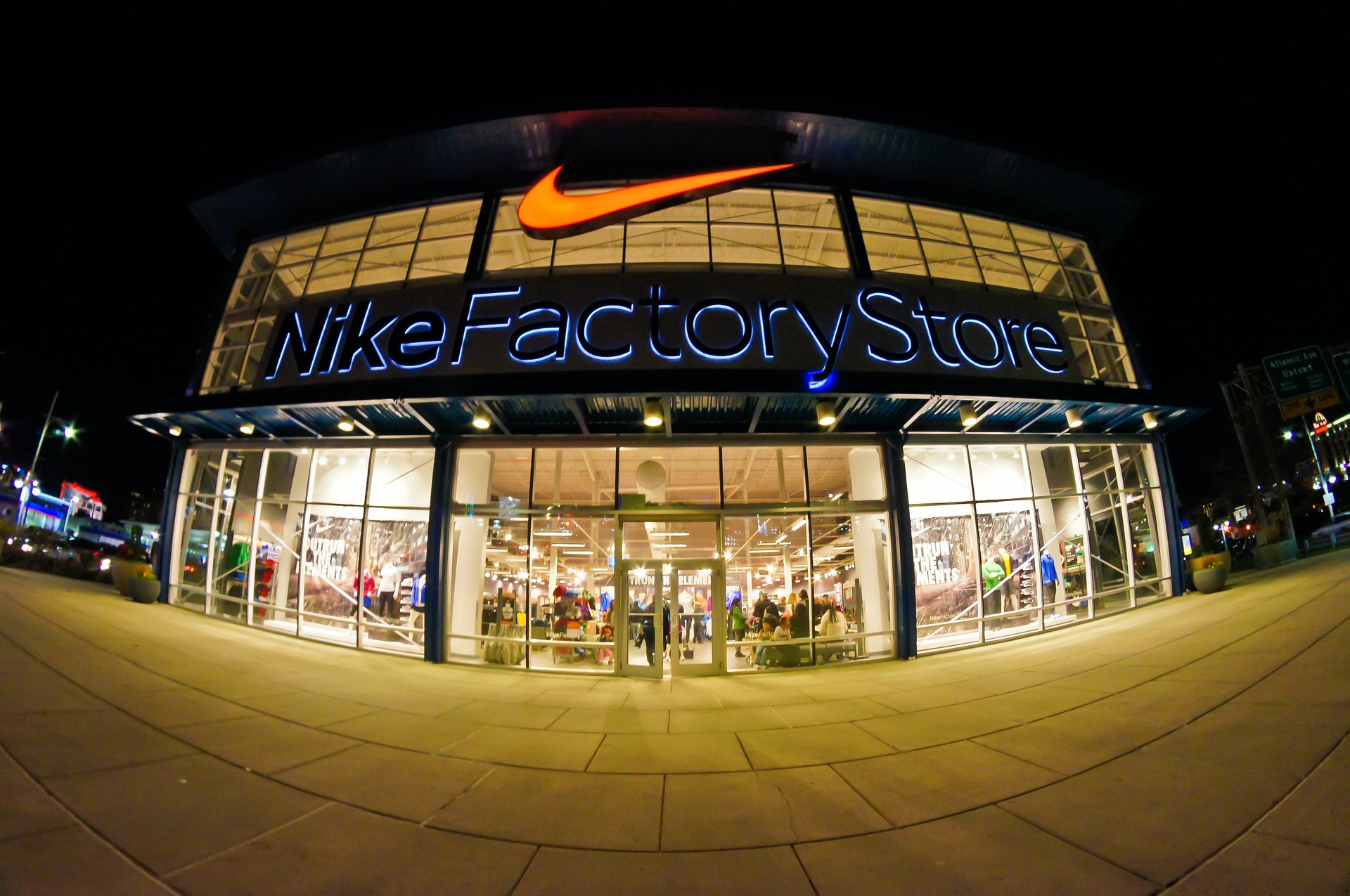
Almost exactly a year ago, in my last RFID article titled "Keeping Physical Retail In-Stock", I concluded that the two most relevant components of positive customer experiences in physical stores are fast checkouts and products being in-stock. Multiple recent retailer quarterly earnings calls, several articles, and two requests from China on direct consulting with potential investors in RFID inspired this updated technology review.
In the latest Nike earnings call, CEO Mike Parker directly stated that RFID "is improving product visibility and is an important step toward integrating our diverse ecosystem of physical and digital experiences, distribution centers and contract factories." Calvin McDonald, CEO of Lululemon in his earnings call cited the company's strength and unique position in being able "to activate great product across our omni-guest experiences, leveraging our stores, community and events." Both Nike and Lululemon reported strong financial results for their respective quarters.
From what I have personally seen in working with major global retailers deploying RFID, this Internet-of-Things (IoT) technology continues to have digital transformation possibilities.
It's 2019, Are We There Yet RFID?
- Details
How do we Scientifically Change it?

The Loss Prevention Research Council (LPRC) is made up of over 70 retailers (approx. 200,000 stores / $2 Trillion in sales) and 75 solutions partners collaborating to develop effective loss and crime control solutions through science backed extensive research. To date the group has conducted over 300 real world loss prevention research projects for retailers and partners.
Recently, I had the pleasure of attending the launch of "LPRC Innovate" program at the University of Florida. This new working group was stood up to provide cutting edge people, places, processes to support major retailers and solutions partners as they ideate, simulate, and test new digital, people, and design options.
As an industry influencer, it is my pleasure to be joining "LPRC Innovate" as we continue to scientifically re-define and digitally transform the future of retail. To highlight the great LPRC work to date, this article presents a couple never before published examples of what's in the mind of a shoplifter.
Self-Checkout Theft Offender Interview Study
- Details
“Norman (Mayne, CEO of Dorothy Lane Market) is a truly unique merchant. He has a special ability to identify concepts and products that will enthrall customers. Furthermore, he has allowed his people to pursue these same ideals. The result: his stores are masterpieces!” - Danny Wegman, Chairman of Wegmans
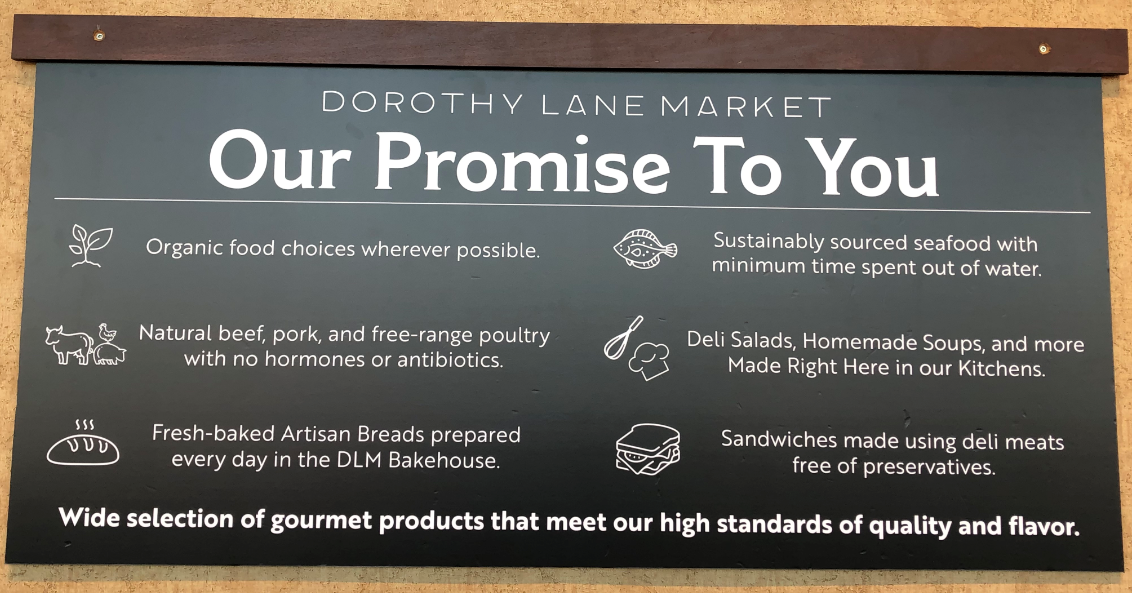
In multiple of my articles, I have been consistent that consumers and store associates as brand ambassadors plus immersive customer experiences are the future of retail. Growing up in this industry, it is always exhilarating observing these success elements in a live environment.
Several weeks ago, I had the pleasure of re-visiting one of my favorite stores in the world, Dorothy Lane Market (DLM) in the USA state of Ohio. This retail masterpiece celebrated 70 years of being in business in 2018.
Our quick lunch possibilities visit into one of their locations evolved into an immersive 2+ hour visualization journey of the future supermarket. This post summarizes a few of the captured images and the memories they brought back from previously living in this part of the world.
- Details
















